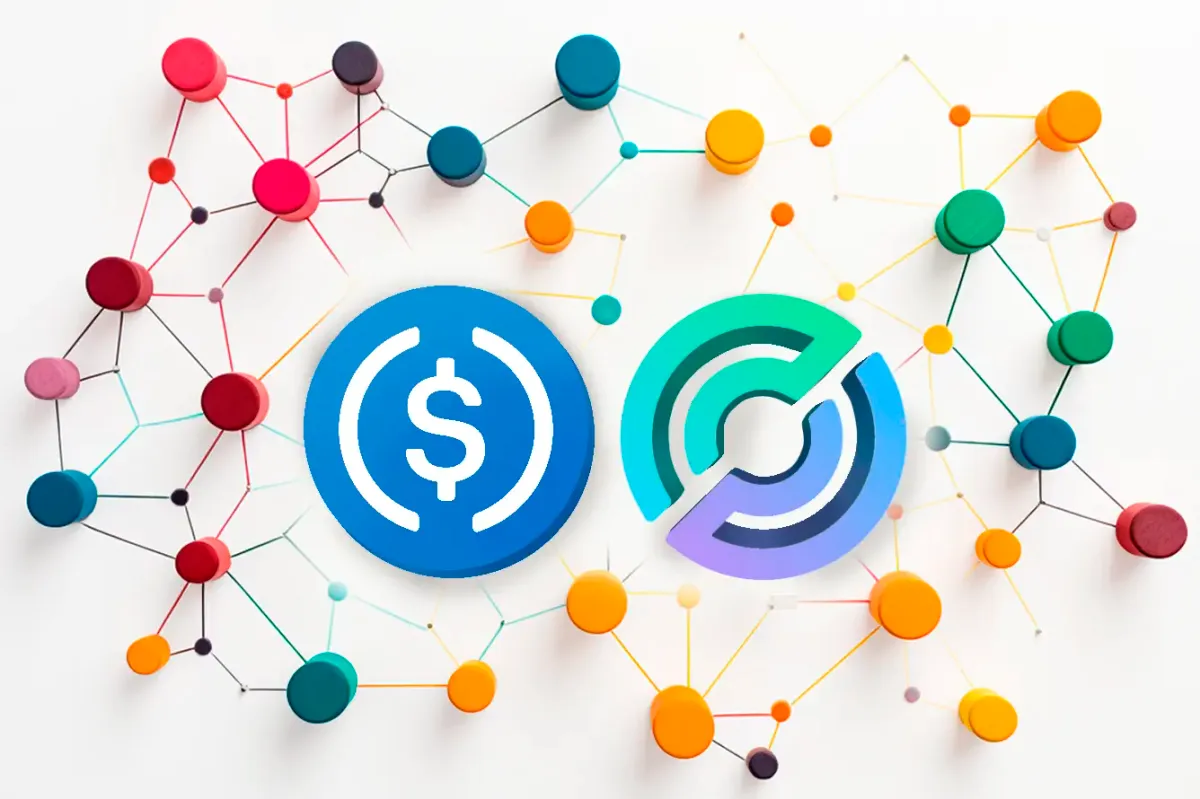
Circle’s latest initiative, its 'Bridged USDC Standard' seeks to establish native USDC on multiple different blockchains. This strategy is anticipated to bolster the company’s oversight of USDC across various networks and reduce the prevalence of synthetic USDC forms on platforms where native USDC is not yet available. It should also help to expand access to USDC across numerous platforms and reduce fragmentation.
Presently, USDC exists in two variants: native USDC and bridged USDC. Native USDC is accessible on platforms like Ethereum. In contrast, bridged USDC is primarily utilized on new blockchain networks that have fewer users, but seek to tap into stablecoin liquidity.
Bridged USDC is often introduced by third-party providers, where users lock their USDC in a smart contract and receive a synthetic USDC in return, usable on the new network. However, this method leaves Circle without control over such issuances. Consequently, users must place their trust in these third-party providers, which may not always guarantee safety and security.
In an ideal scenario, Circle would introduce native USDC to every new blockchain network at its launch. However, the rapid emergence of new L1 and L2 networks presents a substantial challenge. The pace of innovation in the ecosystem is outstripping Circle’s ability to deploy new USDC integrations quickly.
The Bridged USDC Standard is designed to address this issue. It aims to streamline the issuance of USDC on newly launched chains, functioning in two distinct phases:
In the initial phase, third-party providers, typically the team behind a newly launched network, deploy their bridged USDC token contract. This version of USDC then begins to gain usage and liquidity, accumulating a significant supply, number of holders, and various app integrations.
During the second phase, upon achieving adequate traction, the team works to safely hand over the bridged USDC token contract’s ownership to Circle. Circle then converts the bridged USDC into native USDC, maintaining the supply, holder base, and all the dApps integrations.
This approach aims to provide a smooth experience for users and to prevent the creation of multiple synthetic USDC versions on newly launched chains.
Importantly, in the initial stage, Circle does not need to intervene, as any entity can utilize the Bridged USDC Standard to launch its bridge token. Circle’s role becomes essential only once the token achieves notable traction and liquidity.
Several teams have already begun adopting this new standard, including the native zkEVM network Scroll and the zk rollup Linea. More integrations are expected in the near future.

